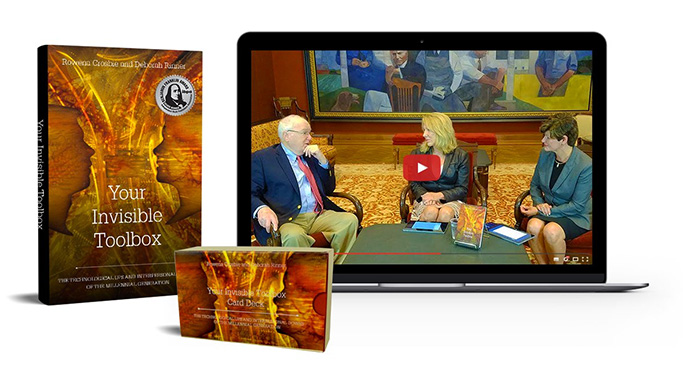What Precedes Succession Planning?
In the spirit of closing the gap between what leaders think of their behaviors and what others think of them, many organizations encourage their leaders to participate in 360 degree assessments. A 360 degree assessment allows a leader to get feedback from all angles. Peers, managers, direct reports, customers and others in a leader's network weigh in with their perspectives around a variety of topics. The feedback solicited from others is compared with self-feedback to create a picture of how a leader is perceived by different groups.
They are a variety of methods for collecting 360 feedback. Surveys that allow many people to provide feedback (frequently anonymously) and provide numerical ratings are a common approach used. Interviews where more specific feedback can be gained are another.
Become the architect of your own 360 degree assessment of leadership effectiveness. Following are some sample questions to use in your assessment. You are also encouraged to add your own questions.
Select 6 to 10 individuals you would value feedback from. Challenge yourself to first guess how each individual might answer the question about you and then compare your predictions with the actual responses you receive. Don't limit yourself to work situations. Try these questions at home, in community settings, in coaching situations; wherever you are a leader with others entrusted to your care.
Interview each individual. Begin the conversation by telling the individual you are seeking to improve your leadership capacity and would value their feedback. Remember, a key to receiving feedback is to treat it like a gift. A simple thank you is always an appropriate response. Resist the temptation to defend your actions or argue with the feedback provider.
How well do I deal with change or uncertainty? Provide an example.
Do I set and reach or exceed realistic goals? Provide an example.
How do I respond to a mistake that I have made? Provide an example.
Describe a time I demonstrated a willingness to lead.
Do I follow through on tasks promptly?
Do I demonstrate new and innovative ways of thinking? If yes, provide an example. If no, describe your observations about this topic.
How well do I use the resources available to me? Explain.
Am I open to new learning and criticism without becoming defensive?
Do I manage through obstacles to meet deadlines or customer expectations? Provide an example.
What other observations do you have about me?
Based on the feedback you receive, do you need to distribute more focus to any of these areas or any of the people? Which ones? Who? What can you be doing differently for each group of people that will help their perception of you become or remain positive?
The Your Invisible Toolbox® Movement tackles the challenges most individuals, teams, and organizations face. An award-winning book paired with a companion YouTube show and card deck, provide a unique set of research-based tools, put together in an easy-to-apply road map to success.
Find Out More and Join The Movement